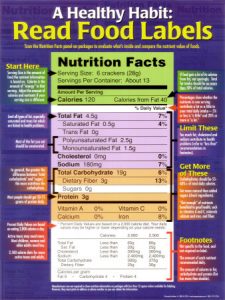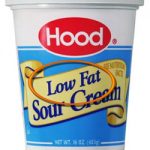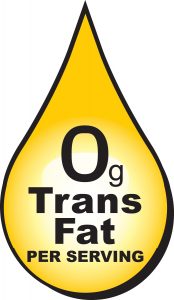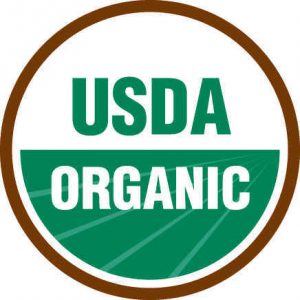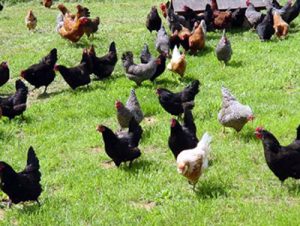Over and over again, The Bachelor’s Kitchen urges you to read package labels. There’s a lot of information and we often don’t look as closely as we should.
But even if you do read those labels, do you really understand what they mean?
The federal Food and Drug Administration has strict guidelines about those labels. They dictate when and what must be labeled, what those labels are allowed to say, even where on the package do they have to appear.
There’s a constant battle between the government, consumers and the food industry about those labels. Consumer groups often want more labels and more information. But food manufacturers and markets say all those labels clutter the packaging and don’t really supply that must more information. Also, they claim, that too much information would give away trade secrets to their competitors.
But what good are all those labels if no one reads them or understands them? Here, then, is a brief primer on exactly what those labels mean and what they don’t mean.
Low fat. The FDA says this must mean the food has three grams of fat or less per serving. The key to that is the word “serving.” Often the serving size listed on the package is a lot smaller than what most people actually eat or consider to be a single serving. Always make a note of what the nutrition labels consider to be one serving. Look at weight, size, or amount to calculate what the real fat content would be for what you eat.
Natural. Believe it or not, the government has NO definition for what this means. In other words, it can mean absolutely anything. But the FDA does have to right to object to the use of the term and has generally allowed the label if the product does not contain artificial coloring or flavorings or other “synthetic” substances. The agency is a little more strict on meat, in which producers must say how their product is natural, such as minimal processing.
Light. This actually has an FDA definition. But it may not mean what you think. Light can refer to fat, calories, or sodium. All it really means is that the product has less of one or more of these things than a regular version of the same product.
Here’s a riddle: when is zero not a zero? When it applies to food labels! Zero Trans-fat does not mean NO trans-fat. The government says food labels can use this term if there is less than half a gram of trans-fat per serving in the products. That means consumers could be eating a lot of trans-fat without knowing it.
Most of us think we know what Organic means, and you’re right. This is a funny term, as far as labeling guidelines go. Organic has no official definition, but a product that ways USDA Organic has been certified that at least 95% of its ingredients are raised without artificial pesticides, fertilizers, or other chemicals.
Like Zero Trans-fat, the term Cholesterol Free does not mean no cholesterol. It means less than two milligrams of cholesterol per serving AND less than two grams of saturated fat per serving. As before, consumers could be getting a lot more cholesterol than they think.
Whole wheat, believe it or not, really does mean whole wheat. Who’d of thought it?
Multi-grain does not mean the same as whole grain. It just means more than one type of grain has been used. In terms of being healthier, it’s not necessarily so.
Lean means the meat, poultry or fish has fewer than 10 grams of fat. However, there are some products that say lean but may not meet that criterion. Products that used this term prior to 1991 are allowed to continue to use it even if they have more fat than that.
Free-range. This is a regulated term as far as poultry is concerned. It means the birds had access to the outside and are not kept in cages all the time. It doesn’t mean that they birds eat any food different from caged poultry. Those regulations do not apply to beef or egg-producing poultry, so the term used for eggs may not have any meaning.
Don’t be discouraged by food labels. They can help you make better choices. And chances are there will be more labels in the future. The best thing you can do is to get away from heavily labeled food and go for more natural, unprocessed foods, like fruits and vegetables. You don’t need a label on a banana to know it’s good food.
